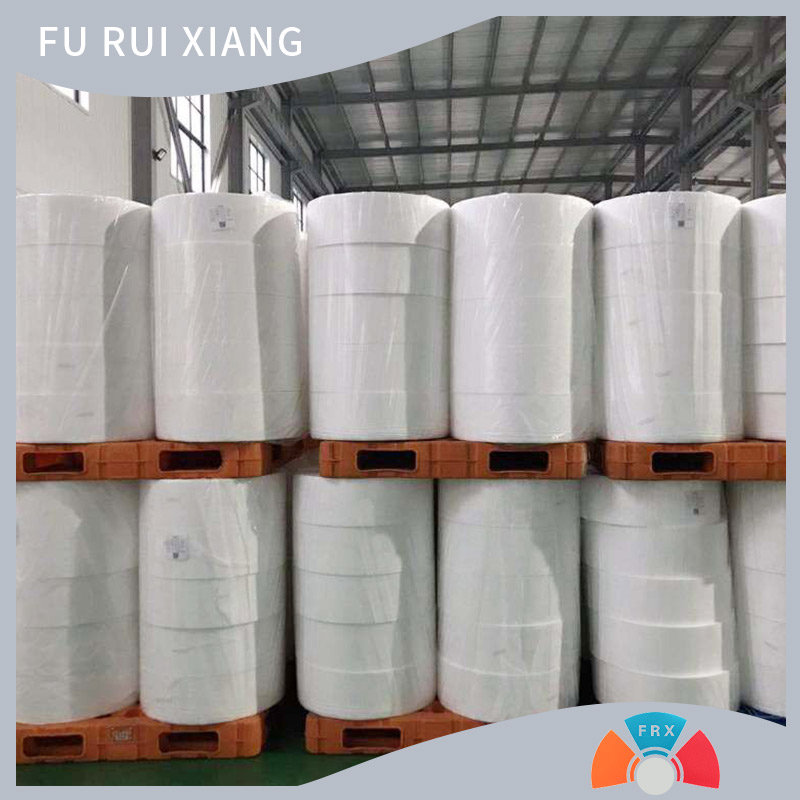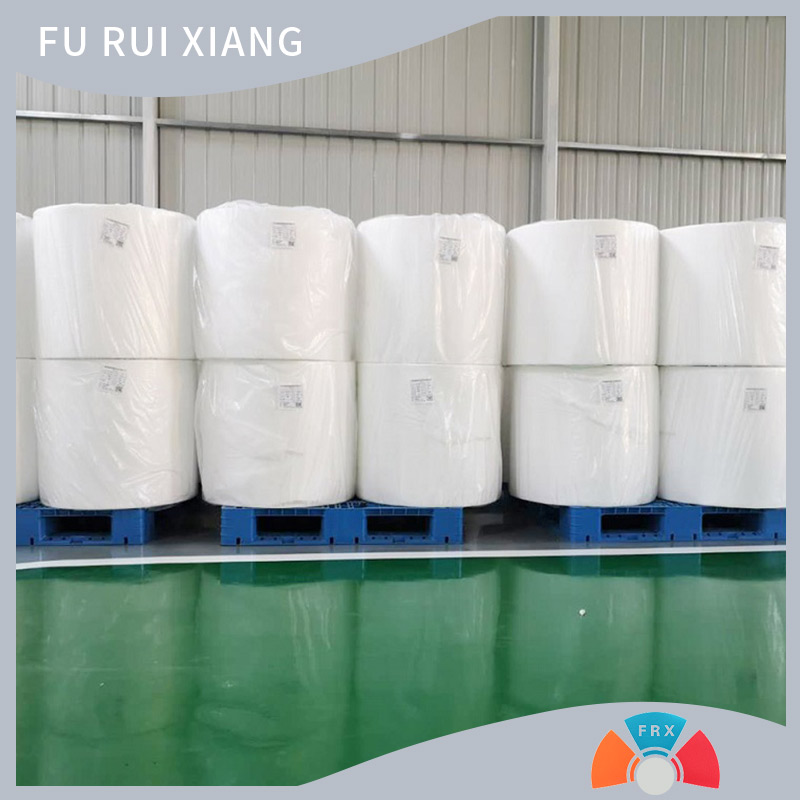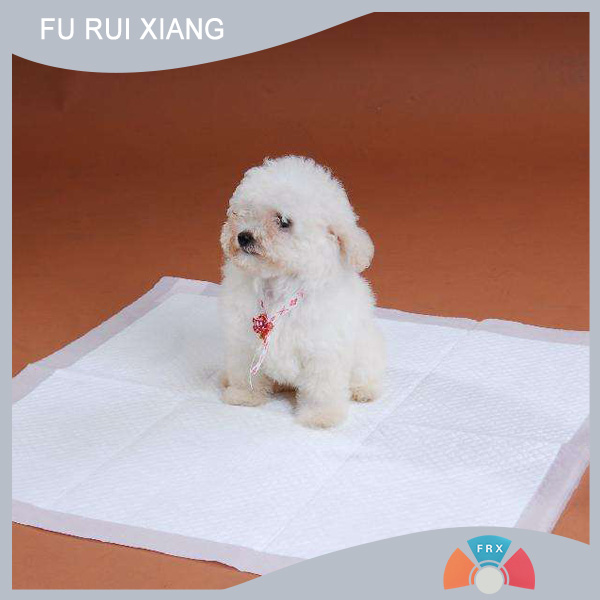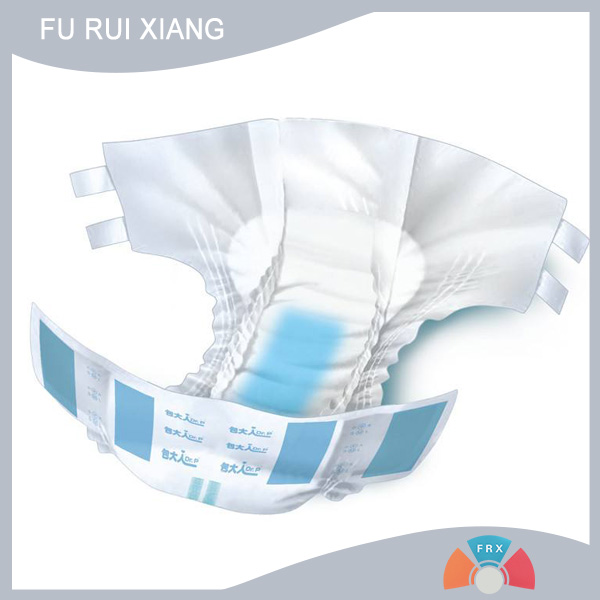What impact will the textile industry transfer have?
In summary, although the textile and apparel industry in Southeast Asia has made great progress in recent years, it still faces certain constraints, such as inadequate infrastructure and supporting facilities, and most of its production raw materials depend on imports.
At present, our status as the world's larger textile processing country is still unshakable, and industrial upgrading will be the development direction of our later textile and apparel industry.
The future development direction will be to increase the added value of our products, increase the research and development of raw materials for textile production, and develop in the direction of branding and high added value. The future development of the industry will be bright and beautiful.
Qingdao Furuixiang Nonwoven Fabric Co., Ltd. now has four advanced non-woven fabric production lines, which can produce various colors, sizes, and functions (such as anti-ultraviolet, anti-aging, antibacterial, Flame retardant, hydrophilic, water repellent, super soft, etc.) SMS, SS, S polypropylene spunbond non-woven fabrics.
- Autumnal Equinox
- The operation situation of the textile industry from January to July 2025!
- The situation of the textile and garment industry is relatively stable!
- September's Health Protection: The "Softness" Power of Eisai Nonwoven Fabric!
- A detailed introduction to Weicai non-woven fabric!
- The development trend of the textile fabric industry!
- Qingdao Furuixiang Plastic Technology Co., LTD. Furniture Non-woven Fabric: A practical decorative material suitable for
- Qingdao Furuixiang Plastic Technology Co., LTD. Spunbond Nonwoven Fabric: The mainstream molded category in nonwoven fab
- Green and low-carbon, the textile industry is accelerating its "breakthrough"!
- Furniture non-woven fabric: A furniture auxiliary material that combines practicality and aesthetics!










